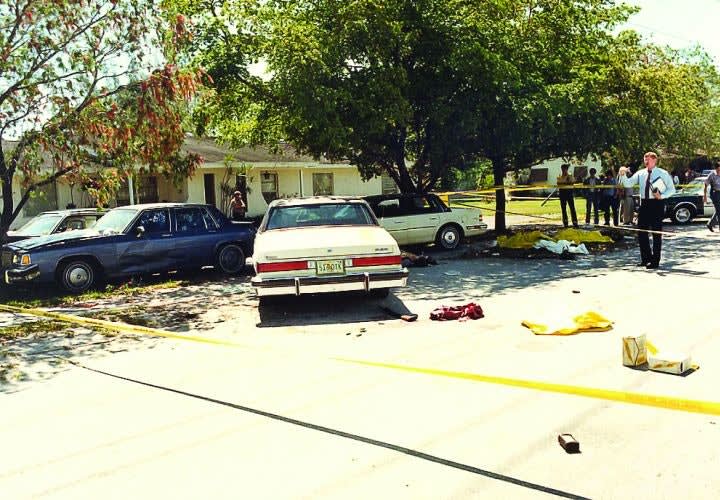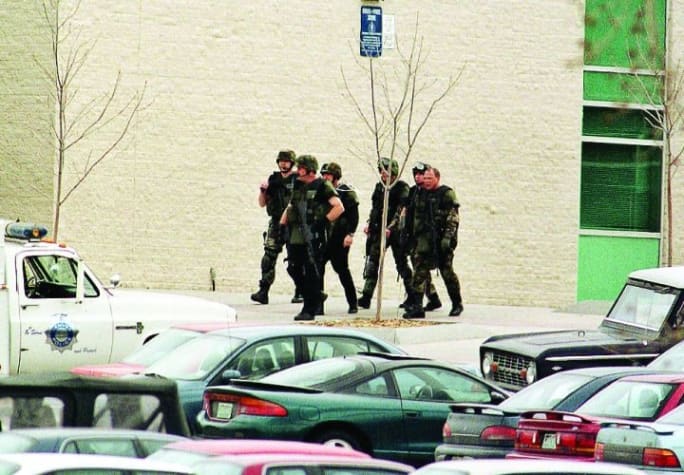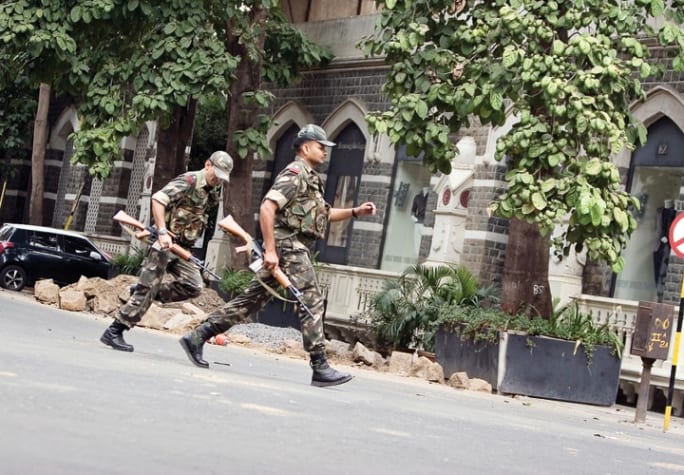Why would we make an incident that didn't even occur in the United States our most influential gunfight in the last 25 years? The reasons are many, but here's a few. One, we face the same enemy as the Indians, and that enemy loves to copy successful operations. Two, America's cities and public gathering areas are extremely vulnerable to this kind of attack. Three, in India the military responded, but Posse Comitatus will not allow that here. You will have to respond. That's why the 10 coordinated shooting and bombing attacks by Islamist terrorists on a hotel, hospital, rail terminus, and other populated locations still keeps American law enforcement tactics instructors awake at night.
The attacks, which occurred over four days, resulted in the killing of 164 people and the wounding of at least 308. The lone attacker captured alive disclosed that the attackers were members of Lashkar-e-Taiba, a Pakistan-based militant organization.
The attacks have triggered a rethinking of terrorist response strategies by police, and the emphasis on lone-officer engagement during deadly assaults. As with the attacks on Columbine and Virginia Tech, Mumbai also taught officers they must engage active killers to lessen the bloodshed, according to Alwes.
In recent years, lone officers and partners have engaged shooters at a nursing home in Carthage, N.C., in March 2009, and at a military deployment center at Ford Hood, Texas, in November of that year.
"An active shooter situation is not a tactical team problem, it's a tactical officer problem," says Alwes. "A tactical officer is anyone on duty."
















